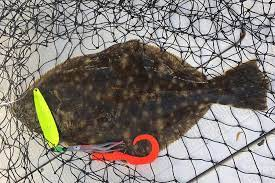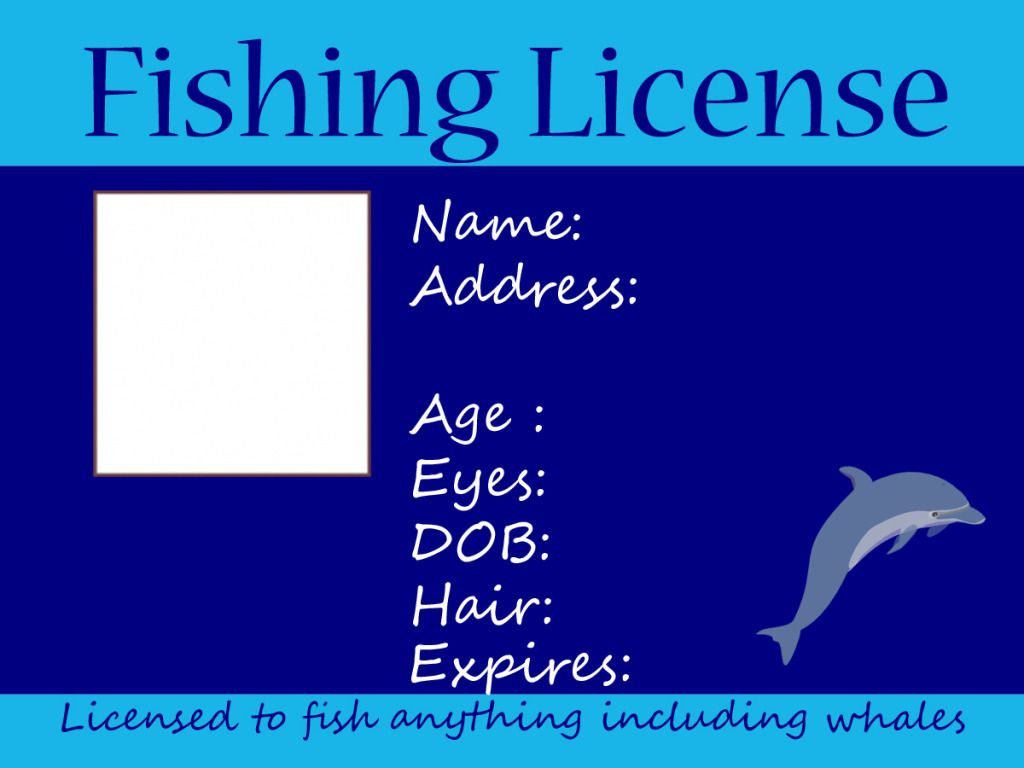My fluke hook size is bigger than yours
What size hook is best for a fluke? How about 12 inches? Yes, this is how long a fluke is. It’s the same size as bluegill or black bass—and it’s one of the most popular baits among bass fishermen. So if you’re looking to catch a fish, you’re probably not going to go with a small lure, right? Instead, you need to consider the appropriate hook sizes for the fish you are targeting.
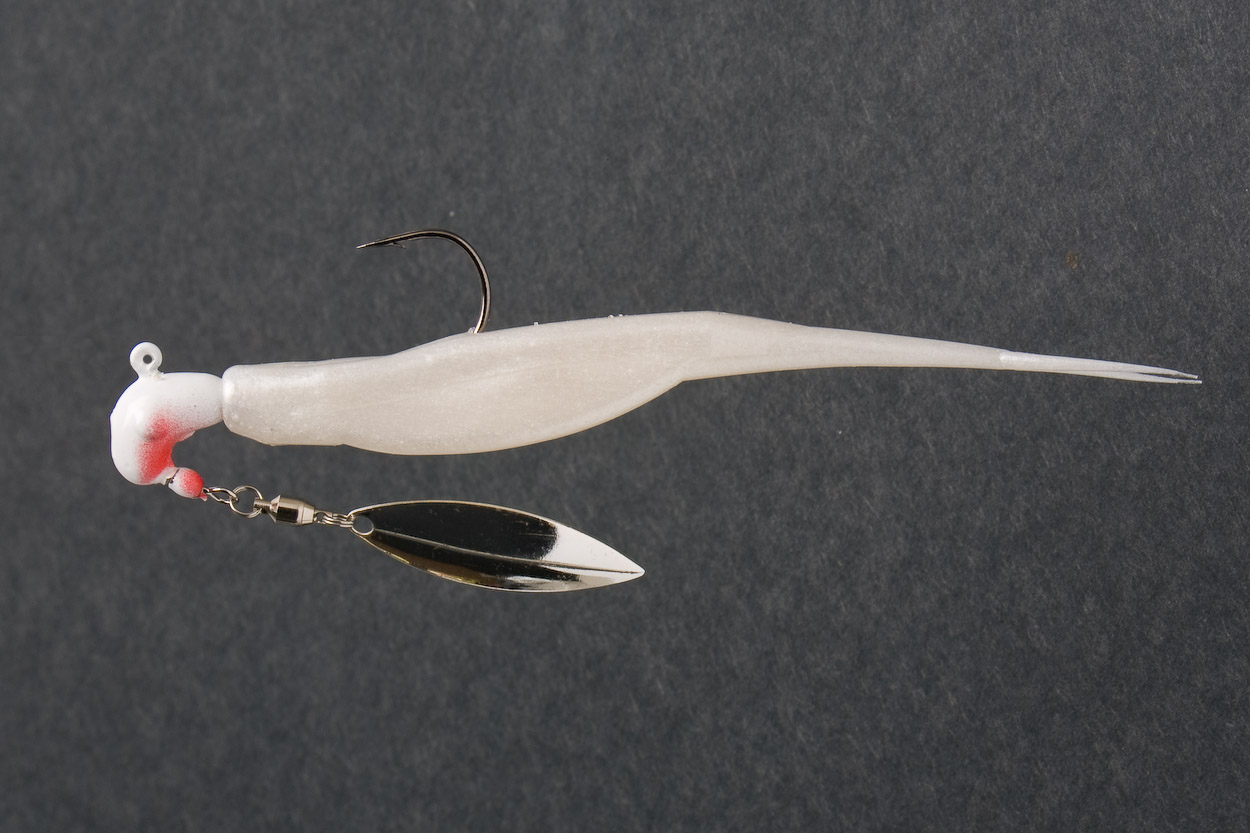
How big is a good size hook for a fish of a certain size and species? And what size is too big? Let’s find out
Four main factors determine how big a hook should be used for a particular fishing technique, according to John H. Thompson. In general, larger hooks produce more fish but take longer to catch. Hook size is also related to how strong the fish is. If the fish is weak, the hook needs to be smaller; if the fish is strong, the hook needs to be bigger. The fourth factor is whether the fisherman is using bait or live bait. With bait, the hook is smaller because it doesn’t need to penetrate the skin. With live bait, the hook must be larger because the fish is resisting it.
What size hook do you use for a Zoom Super Fluke?
The super fluke rigs are the most popular lure used by bass fishermen across the United States. Bass fisherman generally uses a 6” hook, though some use smaller hooks for younger bass using nose hooking. The bigger hooks are usually associated with the deeper water bass that frequent shallower areas, such as the lakes, rivers, and ponds with wide gap hooks. However, some bass fishermen use a 7” hook for shallow-water bass fishing. The most commonly used color is silver, but many anglers use white or chartreuse, especially on a nose-hooked fluke.
Now that we know what a Zoom Super Fluke is, let’s look at how to use it. The Super Fluke is a simple fishing tool, but you can make it work for you. A super fluke is usually made up of a hook and a small sinker. These are usually sold separately, but a small sinker is usually included. Most anglers keep their super flukes in the freezer for several weeks to harden the hook and make it easier to set the hook on the fish. After this is done, anglers set their super flukes in a bucket of fresh water for a few hours before they start fishing with fluke trips.
A common misconception about using a super fluke for bass fishing is that you must fish in deep water to catch bass. In reality, the deeper you fish, the easier it will be to catch bass. You can catch bass in shallow water if you know what you are doing.
What size wide gap hooks should I use?
You might be wondering if the hook size really matters, but I promise you it does, especially when considering small hooks for specific fishing techniques. I have caught more fish with a 1/0 than a 4/0 hook. My favorite hook size for fly fishing is usually a 3/0 or a 4/0. I recommend using a 4/0 for most of your fishing, and I also recommend using either size 6 or 8 lines for a few reasons. First off, a 6’ leader works better for long-distance water. You can also use a 7’ leader for rivers and lakes that are closer to shore. I prefer a 7’ leader for lakes. Finally, a 10’ leader works great for small rivers, but I’ve only used it for short distances because the leader is really tough to handle.
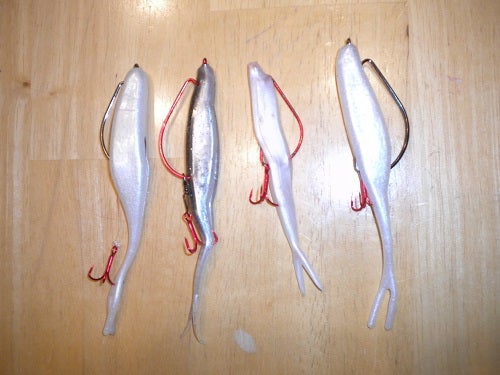
To determine what size hook to use, you need to first decide what type of fishing you want to do. Do you want to fish from a boat? Are you going to fish from shore? There are different types of fishing.
When you fish from a boat, you usually need a longer line. You can get that long line by paying extra money. The line you use depends on where you fish and how big of fish you are trying to catch. You must use the correct length of line for the type of fishing that you want to do.
When you are fishing from shore, you need a shorter line. You can get that short line by using a reel and a long line. The line you use depends on what type of fish you are trying to catch. You must use the correct length of line for the type of fishing that you want to do.
If you want to fish for bass, you need to use a long line. On the other hand, if you are trying to catch catfish, you need to use a shorter line. The longer line helps you to pull up the biggest fish. You must choose the correct line depending on the type of fishing that you are trying to do.
To make a good choice, you should check the dimensions of your reel to see what kind of line you should use. You can find this information on the packaging of your reel.
What is the best way to rig fluke rigs?
When rigging a fluke, anglers should keep in mind a few things. First of all, the bait you use should match the depth of the water you’re fishing in. A baited hook that is too deep will sink, and a baited hook that is too shallow will float. When rigging different fluke rigs, consider using a dropper loop to enhance the presentation of your bait. Place a drop of water on your hook before you bait it. Use a very thin thread, which will allow the bait to move freely when you set the hook. Be sure to use a hook that has no barbs to prevent the bait from getting stuck in the fish’s mouth. Make sure the hook fits tightly so the bait doesn’t fall off as soon as the fish takes the bait. And, don’t forget about the hooking technique. To make sure you get your bait to the fish, use a slow, steady rhythm when setting the hook.
If you are going to rig a fluke, you need to have some things ready. The first thing you need to do is to place a drop of water on your hook. After that, you need to use a thin thread, which will help the bait to move easily. The second thing you should consider is the size of the hook. It should fit tightly on the leader so it won’t get lost. Remember, you don’t want to use a hook with barbs. Make sure the hook you use fits tightly so it will stay in place until the fish takes the bait. The last thing you need to think about is the hooking technique. You should use a slow, steady rhythm to get your bait to the fish. This will help you to avoid snagging the bait on the boat. If you have a few things prepared, you should be able to rig a fluke quickly.
How do you rig a tiny fluke?
How do you rig a tiny fluke for fishing? You need the right bait with a teaser hook or maybe a circle hook. Using cut bait can significantly enhance your chances of attracting fluke when rigging a tiny fluke. To get fish on a lake that has no fish, you need to use the right bait. This bait will depend on the fish in the lake. In other words, there are different baits for different species of fish using hook points. The bait is made up of three components:
- a hook
- a line
- a weight
If you want a simple solution, just go to your local tackle shop and purchase a fluke rig to catch your big fish!
The hook attaches to the line, which in turn is attached to the weight. When a fish bites the bait, the weight pulls the bait back into the water. This allows the line to stretch, which in turn makes the bait seem bigger than it really is. The next time a fish bites the bait, the hook gets stuck in its mouth and it swallows the hook and the line. This gets the fish into a state of helplessness, allowing you to easily pull it out of the water.
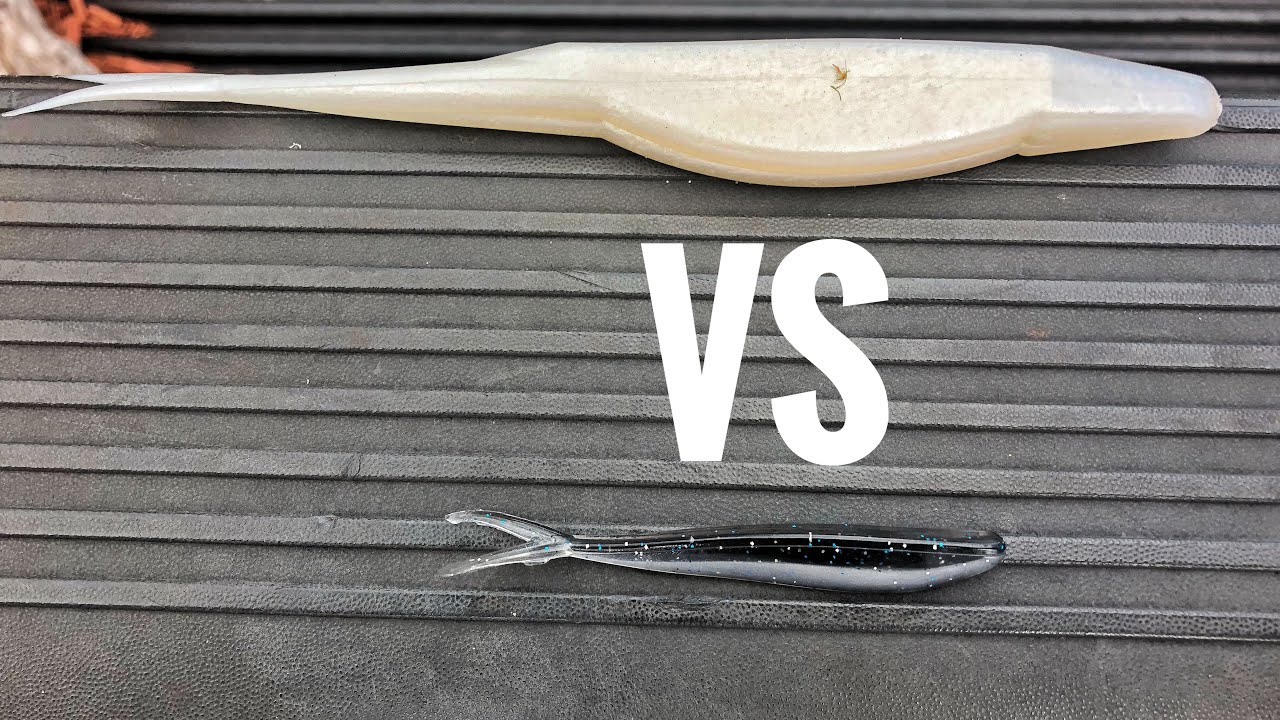
You can catch fish using tiny flukes, which is a very small piece of wood. When a fish bites this bait, it can get caught in the fish’s mouth, which is similar to the way a hook is swallowed. The hook remains in the fish’s mouth, allowing you to pull it out of the water. It is easy to rig a tiny fluke for fishing. You can make one at home. The first step is to cut two pieces of wood. One of them is about 1/3 inch long, while the other is about 2 inches long. Then, you need to attach them with glue. Make sure that they are glued together so that they cannot come apart. Cut a notch in each of them. Finally, use a fish finder rig to attach it to the end of the line. After that, you can tie the line to the tiny fluke. Now, when a fish bites the bait, it will get stuck in its mouth. You can then pull it out of the water, which makes it easier to catch.
Tight lines while you are ocean fishing, If you use a small hook expect to catch a small fish! 🙂 Love ya


